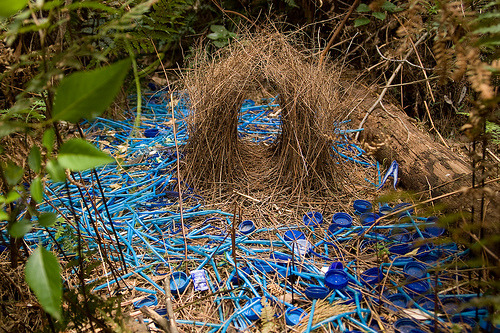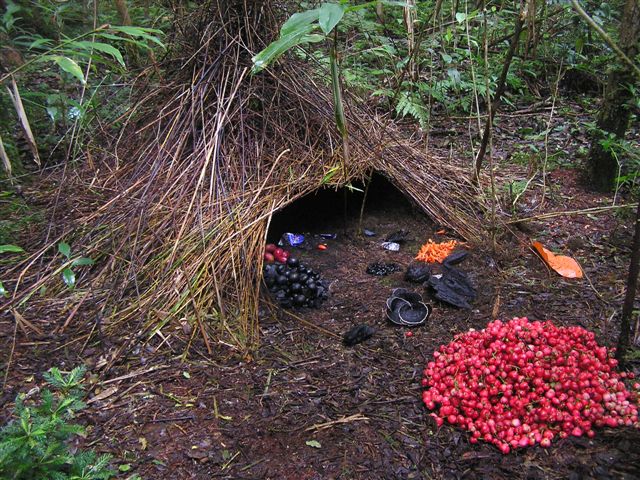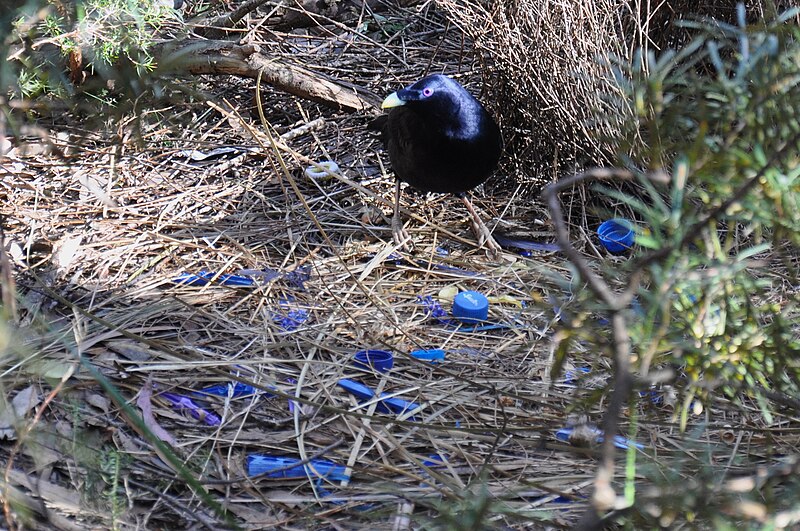Welcome back everyone! I don't have much news to share today, but I do have a great recipe from my friend Joy Hammond and Lizzy the Lizard...and Lizzy's sister, Lily. Let's get started!
Entertainment Magazine features director Colin Trevorrow's description of the room:
Source: Jurassicworld.org
Days till:
It is: 18 days till St. Patrick's Day
It is: 33 days till April Fool's Day
It is: 52 days till Patriot's Day
It is: 33 days till April Fool's Day
It is: 52 days till Patriot's Day
In the Spotlight:
Several new images from Jurassic World were released in the latest issue of Entertainment Magazine. Also in this issue are exciting set visitations they conducted last year when they were at the set of Jurassic World. The Control Room was one of the sets they visited. Based on the description, it was much like the one of the original Jurassic Park film, but much more high-tech. |
| A screenshot from the film featuring Owen Grady in the Control Room. |
"It's the most absolute high-tech room we could possibly imagine," says Trevorrow, casting a proud eye over the spared-no-expense, not-yet-filmed-on set. He waves us over to a fully functioning console, encouraging us to paw at it: "Do you want to see what it's like to control Jurassic World? Have a go." Then he spots some cookie crumbs scattered across the workstation, presumably left by one of the set builders. And proving beyond any doubt his Jurassic Park fanboy credentials, he immediately narrows his eyes and exclaims, "Nedry!"It's nice to see Masrani Global Corporation really spared no expense in the Control Room. Colin Trevorrow was able to give another quote that really sums up the movie well:
"The movie is romantic and funny and scary and suspenseful, most of the time you only have to be one of those things, but we have to be eight things, because Jurassic Park doesn't have a genre. I guess you could say it's a sci-fi terror adventure."
 |
| Colin Trevorrow (right) coaching Owen Grady (Chris Pratt, on left) about the scene they're about to shoot. |
 |
| A behind-the-scenes look at a helicopter...spared no expense! |
Topic of the Week by Lizzy the Lizard from Smiley's News, as told to Joy Hammond
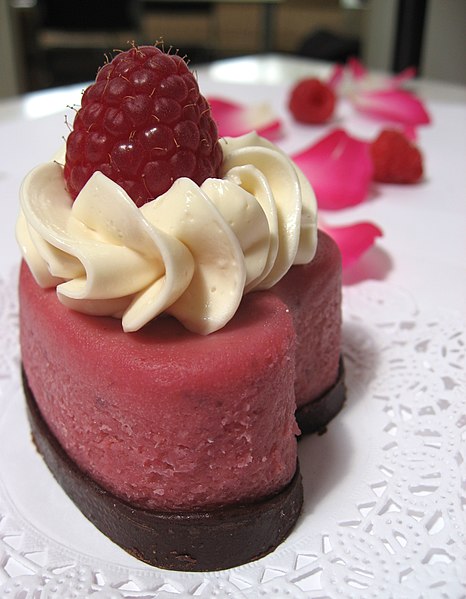 |
| One of the many ways one can make a raspberry cheesecake! |
“Hey guys, Lizzy here, and I've got a dessert dish for you guys to try!” Lizzy exclaims.
“Ehem...you're forgetting someone,” Lily complains. “I'm Lizzy's sister, Lily and I'm the one who's baking the dish.”
“We'll be making Mason Jar Raspberry Cheesecake,” Lizzy continues, “so you'll need:
- 1 12-ounce package frozen raspberries
- 3/4 cup sugar
- Divided 1/2 cup and 1/4 cup
- 1/3 cup water
- 10 Oreo cookies, without the filling, or 20 chocolate wafer cookies
- 2 Tbsp melted butter
- 8 ounces cream cheese, room temperature
- A pinch salt
- 1 egg
- 1/3 cup sour cream
- Whipped cream for topping
- Fresh raspberries for garnish
- And 4 Wide-mouthed 8-ounce mason jars.”
Lily and Lizzy gather up the ingredients and put them on the counter.
“I can't wait to get started,” Lizzy say hungrily.
“Whoa! Hold on Lizzy, this isn't to be eaten just yet,” Lily adds, “it's for the party at the office in Animal Adventures Inc.”
“Oh,” Lizzy mumbles disappointed.
“Okay first step: leave ½ cup of frozen raspberries aside and dump the rest into medium saucepan,” Lily reads from the recipe book.
“Which measuring cup do I use?” Lizzy asks.
Lily looks at her sister in disbelief.
“It's the one that has the ½ sign on the handle.”
“Found it!” Lizzy yells.
After the Raspberries were put into the sauce pan and Lily turns the stove on.
“It needs to be heated to maintain a simmer.”
“Simmer? What's that?” Lizzy asks.
“'Simmer' is when you keep the food that's being cooked in liquid form and not to a boil,” Lily tries to explain.
“Oh...still don't exactly get it but all right,” Lizzy states. “Okay next thing, gently cook the raspberries and whisk them frequently until they are broken down. Then it's optional to put the sauce in a strainer to take out the seeds. Then we need to return it to the pan and let it simmer again until it gets a syrupy texture and then we let it cool.”
Lily takes out the whisk and starts to gently stir the raspberries. After about ten minutes, the raspberries were all soupy.
“Now we set that aside and move onto the something else,” Lily confirms, bringing out the chocolate wafers. “Now we need to crush these until smooth. We could use a food processor, a rolling pin, or the 'beat-it-to-death-with-a spoon-while-in-a-bag' method. What do you think, Lizzy?”
“Hm...I like the 'beat-it-to-death-with-a spoon-while-in-a-bag' method!” Lizzy smiles.
“Okay, food processor it is,” Lily states.
“What?!?”
Lily uses the processor to crumble up the wafers into it was finally ground.
“Next we put the wafers in a medium bowl and mix the butter with it,” Lily declares next. “Now we pack the mixture onto the bottom of mason jars evenly, about ¼ to 1/3 inches thick.”
Lizzy set about packing in the mixture when she accidentally breaks one of the jars.
“Geez, Lizzy!” Lily shouts. “You didn't need to be so hard on the jar.”
“Sorry,” Lizzy replies sheepishly.
“Next put the jars in the oven at 350 degrees for about ten minutes so the mixture can harden a little as crust.” Lily nods. “While that's going, let's work on the cheesecake part. Beat the cream cheese with a mixer on medium for about four minutes until it's smooth. Then add the ¼ cup of sugar in and beat another four minutes. Then add a pinch of salt and the egg into the mixture and beat once again.”
BEEP!
“The jars are done!” Lizzy yells, running to get the oven mitts.
“I know, I heard it!” Lily answers. “Just take them up and be careful not to drop one.”
“Haha like I'd...Ooh!” Lizzy exclaims, as one jar just barely met it's demise until it was caught. “Yeah all right.”
Lily shakes her head in disbelief.
“Okay next, add the sour cream into the batch and beat again. Then add the ¼ the cooled Raspberry sauce we made a a few minutes ago. Beat it up until it's all smooth.”
“Boy there's a lot of steps for this dessert, it better be worth it,” Lizzy remarks.
“Oh it will be. Trust me,” Lily smiles. “Now we place the the reserved raspberries on top of the crust (the chocolate wafer crumbs) that are in the mason jar, just a small layer. Then we pour the raspberry cheesecake filling into the jar next.”
Lily starts to pour the cheesecake filling in, being careful to distribute it evenly. Then she gets out a roasting pan.
“What are we doing now?” Lizzy asks.
“We put the jars on the pan and add a one inch layer of water into the pan, not in the jars. This helps the cheesecake bake evenly.” Lily explains. “Then we bake this for about 40 minutes at 325 degrees in the oven. After the time is up, we turn off the heat but we leave the pan in there for another 30 minutes to keep it cooking sort of.”
“That's a long time to wait,” Lizzy complains. “I think I'll go dive into some interesting stories to write about.”
*About an hour and ten minutes later *
Lizzy returns back to the kitchen as Lily takes out the pan.
“Yay, let's eat!” Lizzy yells, grabbing a fork.
“Whoa! Hold on a sec!” Lily exclaims, “We've got to let the cheesecake cool for another half an hour or so until it's room temperature.”
“Aw man...”
*About a half an hour later *
“So...is the top of the cheesecake supposed to be cracked on the top like that?” Lizzy asks, curiously.
“It's alright if it does that...now for the toppings,” Lily grins, bringing out fresh raspberries, whipped cream, and some left over raspberry sauce.
Lizzy watched, mouth watering, as Lily puts the topping on two of the cheesecakes then gets out the spoons. She gives one two Lizzy.
“Bon appetite!” she announces.
Lizzy dives her spoon into the jar and takes out a large spoonful of cheesecake. Taking a huge bite, she smiles and then continues.
“This is....so amazing!” She yells to no one in particular. “This is Lizzy...”
“...And Lily!”
“Signing off!”
Disclaimer: Many (or in some cases all) of the photographs and images above are not mine. If you own one or more of them and would like them to be removed, politely let me know via one or both of the email addresses above.



















_2.jpg)




_-_ZooKeys-255-103-g005.jpeg/640px-Cranium_and_dentaries_of_the_Kimberley_Zaglossus_brujnii_(BMNH_1939.3315)_-_ZooKeys-255-103-g005.jpeg)


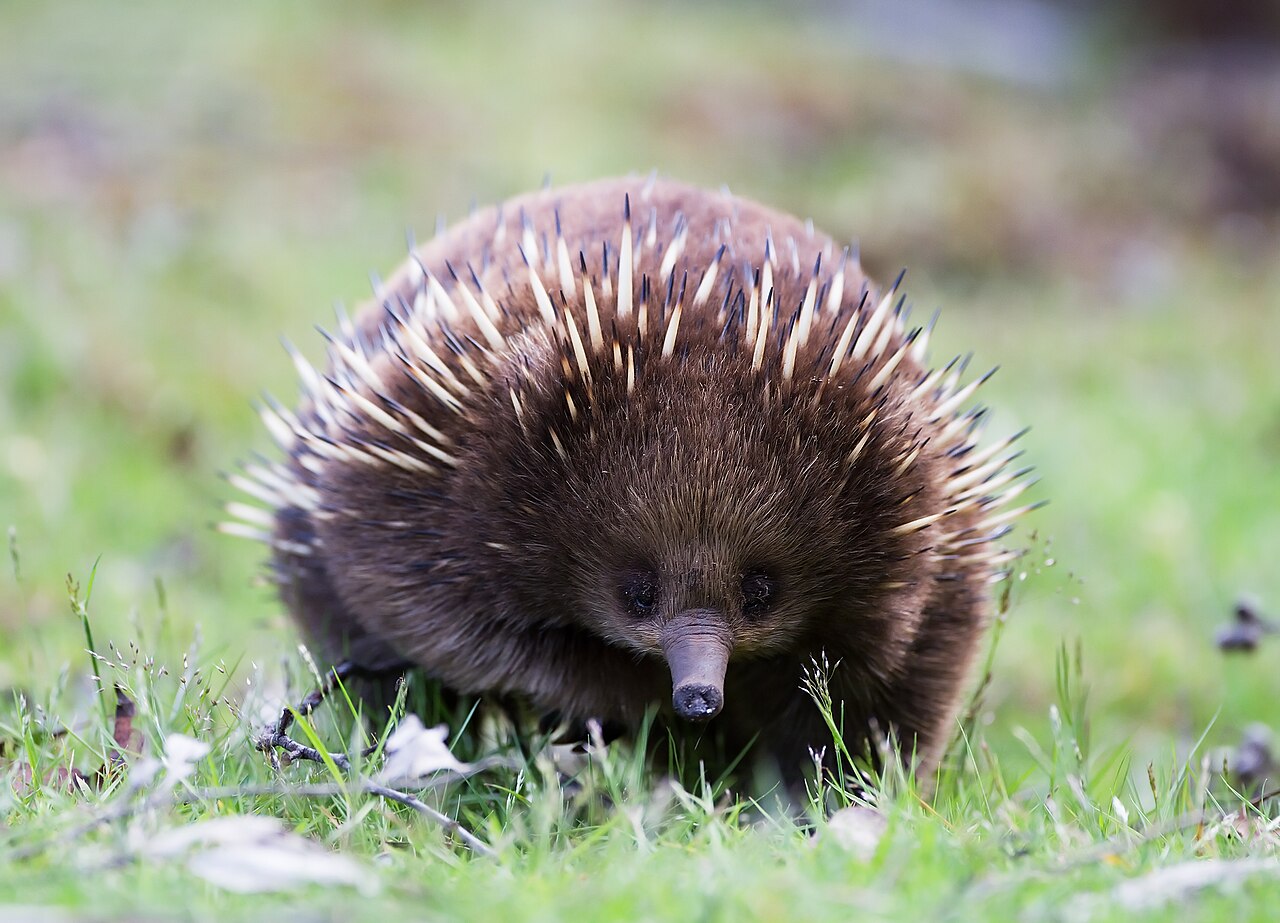
_in_TMII_Birdpark.jpg/800px-Javan_Green_Peafowl_(Pavo_muticus)_in_TMII_Birdpark.jpg)

.jpg/449px-Blue_Peafowl_(Pavo_cristatus).jpg)
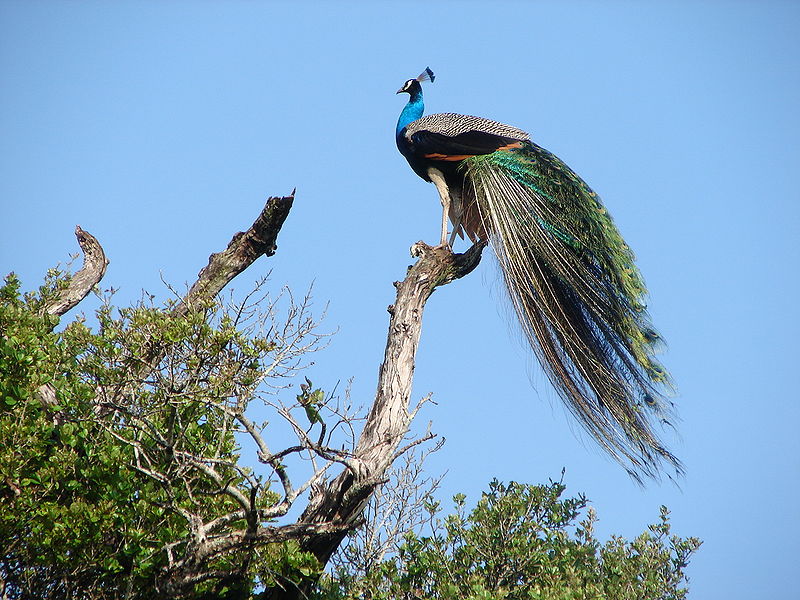


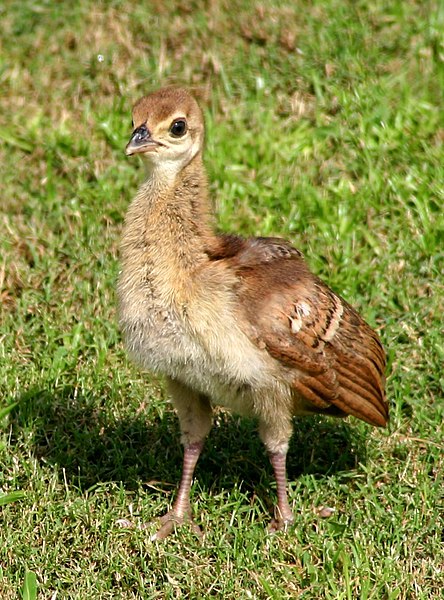
.jpg/800px-Sage-Grouse_(7448281486).jpg)



